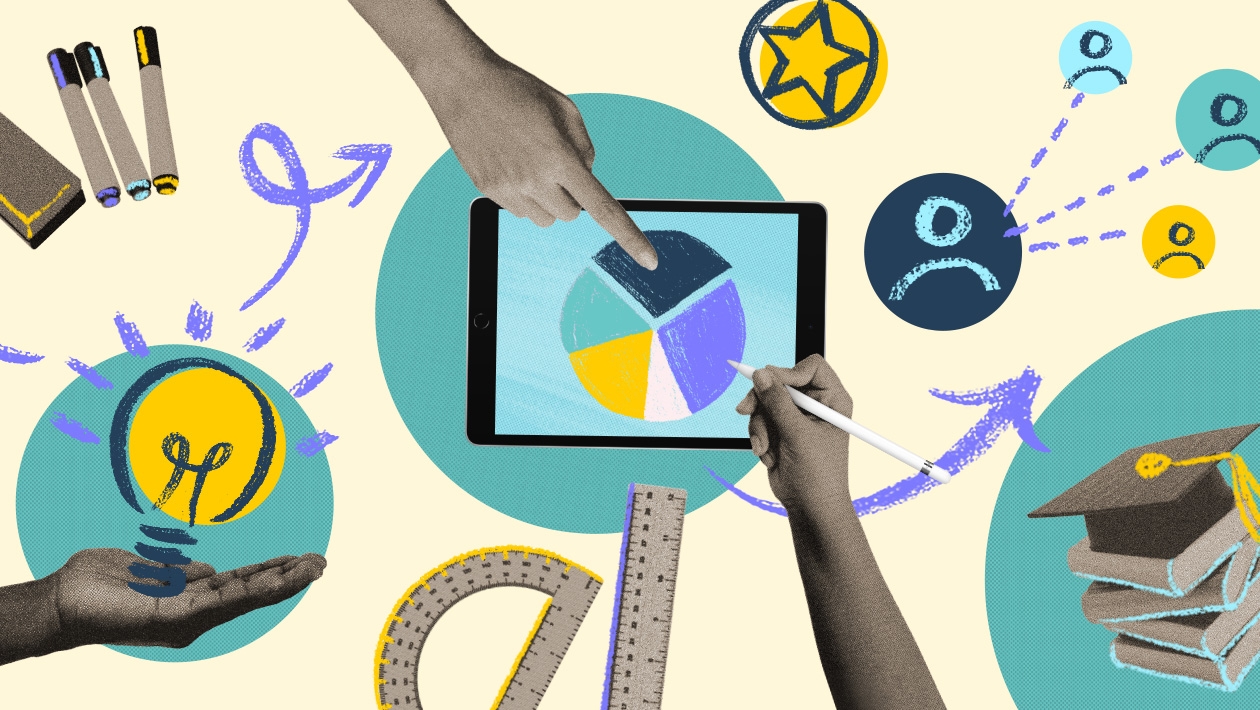For the past year+ my role has been focused on generative artificial intelligence (AI) and integration into my school - an independent K-12 school located in Honolulu, Hawaii. There have been many things to consider.
At first, it included taking a deep dive and reviewing some history related to how we arrived at where we were when OpenAI released ChatGPT in November 2022. Quickly the focus changed to learning how to best use the tool(s) and keeping up with the new platforms and iterations that soon followed. Along the way, a critical part became casting a wide net to capture relevant articles and research sharing new insights and applications of this technology - particularly to education. This raised additional concerns regarding the way(s) in which AI was being used by students and faculty. Academic integrity was central to many conversations among colleagues and with classes.
As the rapid evolution began to plateau, the focus shifted slightly to evaluation and adoption. This was uncharted territory in terms of determining how AI platforms (defined as those with proprietary large language models - LLMs) could be compared and adopted. After arranging product demos and networking with peers locally as well as with a national organization, work began on a rubric to be used for AI platform selection. Criteria detailed included funding (cost), security/privacy, compliance, integration, educational fit/pedagogy, and accessibility.
While this process is ongoing, it has proven helpful in understanding how these criteria compliment and contradict our mission as a school.
In order to capture what has been learned and share it broadly, my One Best Thing project was put together as a short interactive book.
The first section is focused on Steps for Embracing AI in K-12 Education including 1) Learning how AI technology works, 2) Understanding the impact of AI on education, and 3) Preparing students for an AI future.
Key takeaways include that AI is no longer a future concept but has been a current reality since the end of 2022. Integrating AI into teaching and learning requires schools to revisit issues such as instructional practice, assessment, integrity, bias, access, and data privacy through the lens of AI.
Section two addresses AI Adoption through components such as policy, integration, professional development, and evaluation and feedback.
An AI Platform Vetting Checklist and Prompt Crafting Tips are presented using scrolling sidebars.
My hope is that this content is useful for others who are engaged in the work of AI leadership and I look forward to feedback from the education community.
- What has AI leadership looked like in your school or district?
- To what degree has your school or district embraced AI?
- What have been your AI successes and challenges?
Access the book here: https://bit.ly/47IkVNP
Download and open with Apple Books.











January 27, 2024 . English
English
Craig, thanks so much for sharing your book! This is an excellent resource to understand the nuts/bolts of what AI is and different approaches to its use and impact on education. Loved reading the section on preparing students for AI future - excellent points about urgency and future-proofing students. Also...love the resource page. Where is your school in the whole AI decision-making process? I'm in a huge district outside of Kansas City. Lots of discussion, research, and more going on here, but nothing concrete yet.
This action is unavailable while under moderation.
This action is unavailable while under moderation.